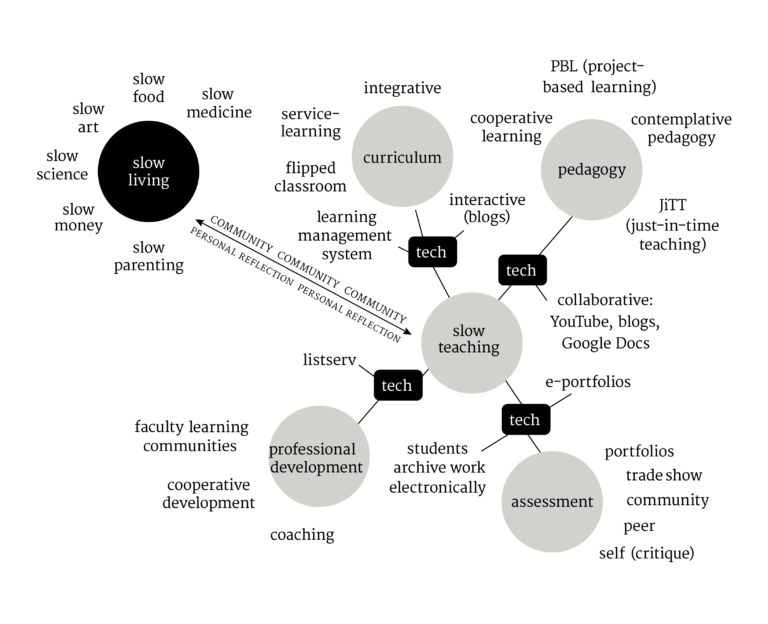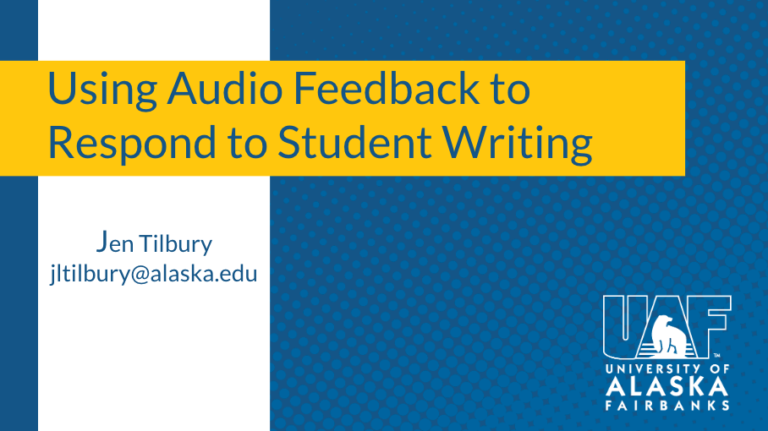Boost creativity through combinatory play
Combinatory play is the process of considering two or more unrelated ideas, topics, images, disciplines, etc. and putting them together in a way that is new. (1 ) Experimentation, deconstruction, synthesis, iteration and failure are part of this process of learning and discovery. Combinatory play utilizes a wide range of learning domains that help to feed creativity and innovation. Extrapolating on this idea, everything new, i.e. everything we create, is built from pieces created previously, i.e. everything is a remix. (2) If we buy into this idea that the evolution of ideas happens as a result of a sort of combinatory cognitive leap, we can help students develop this intellectual skill through activities and assignments that foster connection and discovery through some amount of juxtaposition. As Albert Einstein once said, “Combinatory play seems to be the essential feature in productive thought.’
A recent workshop presenter on creativity asked participants to come up with as many visual representations on sticky notes of the number 52 as possible within a short timeframe. The results were somewhat similar across the room but others were quite unusual. Engaging students with this type of activity might be an interesting way to do a problem solving exercise –how many ways can you think of to solve problem x. “With productive thinking, one generates as many alternative approaches as one can. You consider the least obvious as well as the most likely approaches. It is the willingness to explore all approaches that is important, even after one has found a promising one.’ (3)
In her article on the science learning perspective of play, Anna Wood, asks the question, “How can we help students view science as a playground of inquiry?’ (4 ) Indeed, in many classrooms, playful thought is not encouraged– there are correct answers that students should be able to produce. Focusing on the process rather than the outcome, with exercises designed to create opportunities for forming connections with other disciplines and ideas can be helpful for fostering creativity. This approach can afford students more freedom over the topic at hand and lead to a feeling of ownership of the final result. It requires open-ended questioning and exploration as well as problem-based scenarios that can help lead students to deeper investigation and enduring understanding, potentially with a sense of magic.
Some of this cross-pollination of ideas can also be encouraged through group open problem-solving work, such as during flipped-classroom time, where students are naturally socially engaged with their peers and bring to the table various perspectives based on a range of their own experience and interests. Providing opportunities for students to interact across-disciplines with researchers and other students in meaningful discussions or through collaborative projects can also be a means of encouraging deeper interest and engagement. Relationships between students and active researchers in other disciplines are an important component of the student learning experience.(5)
Here are a few ideas to foster productive thought and connection-making? What are yours?
- Regular informal research on multiple varied topics from many sources
- Open-ended discussion questions with direction to draw connections between ideas
- Cross-disciplinary teaching approach or collaborations
REFERENCES
- Stevens, V. (2014). To think without thinking: The implications of combinatory play and the creative process for neuroaesthetics. American Journal of Play, 7(1).
- Popova, M. (2015). Networked knowledge and combinatorial creativity. [web page]. August 1, 2011.
- Cracking Creativity: The Secrets of Creative Genius. [web page] Creative Thinking.
- Wood, A. (2015). Exploring play in higher education: The acience lLearning perspective on play. Creative Academic Magazine, 2.
- Trigwell, K. (2005). Teaching-research relations, cross-disciplinary collegiality and student learning. Higher Education, 49: 235-254.
Featured image: shows scientific data combined with fine art presentation by Jill Pelto. https://goo.gl/KP1ONr



